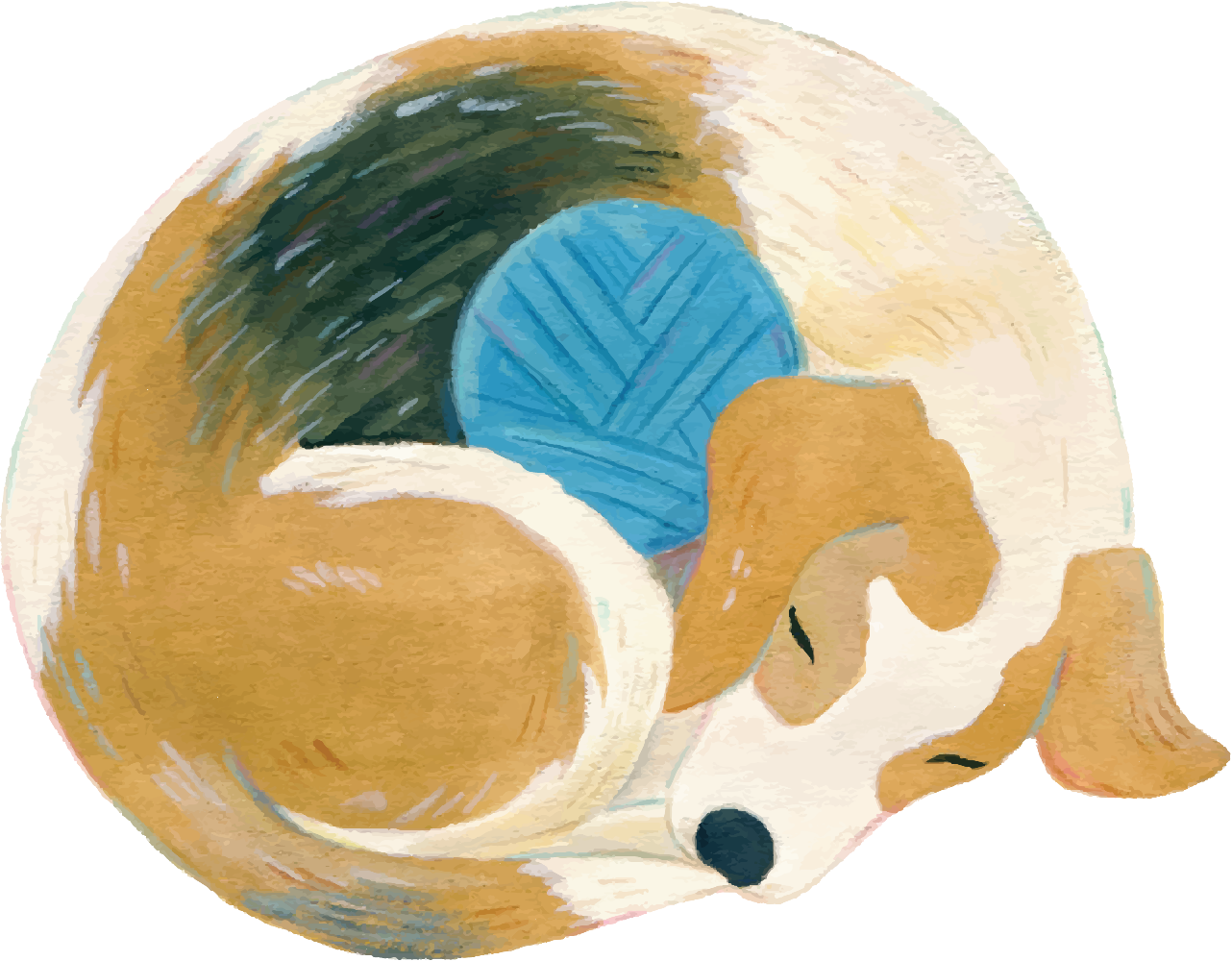shop
newsletter
My weekly newsletter encourages you to slow down and make more things by hand.
Join here on Substack.

My weekly newsletter encourages you to slow down and make more things by hand.
Join here on Substack.
about
contact
QUESTIONS? Email me here
KNIT TOGETHER MEMBERS: Book an appointment during my weekly office hours

Email me

Bringing new-to-you knitwear or yarn into your home
When my now teenaged kid was a preschooler, I lived in fear of getting a notice of a lice outbreak at school. Even writing the word "lice" makes my scalp itch and makes me want to reach for the lice killing shampoo. I quickly learned that kids and lice do not equal a dirty or unsanitary home. It's just one of those unfortunate parts of being human. Sometimes, it happens, and so you should simply know how to deal with it or prevent it, as best you can.
Similarly, knitwear and clothes moths, carpet beetles or other little creatures that like to eat wool are a fact of knitting life. Having clothes moths does not equal a dirty or unsanitary home. Sometimes it simply happens.
Pest prevention is vital when adding knitwear from a new-to-you source, whether it's through a thrift shop, resale shop, or our very own Swap Shop. It can be a little bit skeevy thinking about pests, so I've done the research for you and have a set of non-skeevy recommendations to share.
Here is the best at-home practice for bringing new-to-you knitwear or yarn into your home:
Hot water treatment
- Fill a very large pot with cool water (it can be a pot also used for cooking, since you will not be adding dyes or anything other than wool and water to this pot).
- Submerge the knitted item in the pot.
- Leave it for at least 20-30 minutes until the item is thoroughly soaked.
- Slowly heat the water and knitwear (I like to use a medium heat), gradually increasing the temperature until it reaches 120 degrees F. This is when you start to see steam wafting across the top of the water, but it has not reached a boil.
- Leave it at this steamy-not-boiling temperature for a few minutes. Do not stir or agitate.
- Turn heat off and let water and knitwear cool until it is room temperature. (I let things cool overnight.)
- Drain water, wash your pot, and block the knitted item as usual.
This temperature of water (120 degrees) will kill any larvae of clothes moths or carpet beetles or any other pest that can damage clothing—even eggs that are too small to see—and this temperature of water will not damage wool. (It's the temperature at which I dye yarn. Just be sure not to boil and not to agitate, and the wool will not felt.)
I recommend that you do a hot water treatment of all items claimed in the Swap Shop to be absolutely certain that it's sparkling clean and ready to be added to your knitwear collection.
For anyone who purchases the concierge service from me, I will do this (and reblock all items) before they go to their new home. (If you claim an item that has had my concierge service, you'll get a little note from me, so you know that you don't need to re-do this step. 🍀)
Sources
- I found this NYT Wirecutter article to be extremely helpful and it has citations from the Smithsonian Museum Conservation Institute, Cornell University and the Fashion Institute of Technology. (paywall $)
- This interview with a textile conservator is also helpful.






